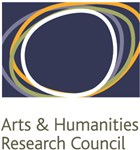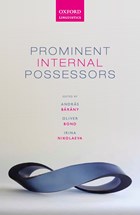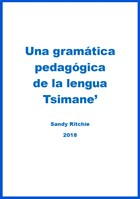Prominent possessors
Project Overview
Project
Prominent possessors
Project members:
Prof Irina Nikolaeva (SOAS)
Dr Oliver Bond
Prof Greville G. Corbett
Dr András Bárány (SOAS)
Dr Sandy Ritchie (SOAS)
Period of award
October 2015 - March 2019
Funder:
Arts and Humanities Research Council
It seems obvious that we say "Mary's children are intelligent", but not *"Mary's children is intelligent". Many other languages are like English in this respect, and linguists have an (apparently) good explanation for it. In the possessive noun phrase "Mary's children", "Mary" is the possessor and "children" is the possessed item. The possessed item is the head of the phrase and the possessor is a (grammatical) dependent of the head. The properties of the head are more important for larger syntactic structures containing the phrase than the properties of the dependent. In our example, the possessed noun "children" determines, i.e. controls, the form of the verb ("are intelligent"). Linguists call this relation "agreement". Since the possessor "Mary" is a dependent of "children", it cannot control agreement. That is why *"Mary's children is intelligent" is impossible. Speakers "know" this at some level, and we linguists have a technical explanation for these rules in terms of the properties of heads and dependents.
But not all languages behave like English in this respect, so the explanation that linguists have accepted cannot be a general one. A growing body of evidence demonstrates that in some languages, e.g. Maithili spoken in India or Chimane spoken in Bolivia, it is possible for the opposite to be true under certain conditions. Contrary to what is usually expected, when both possessor and possessed are part of the same syntactic phrase, the grammatical properties of the possessor (and not the possessed item) are relevant for syntactic processes such as agreement with the verb. In such cases, the possessor has a greater deal of 'prominence' than typically encountered.

This type of data presents linguistic theorists with a challenge. Agreement with a prominent possessor is an issue for syntactic theory because, despite attested variability across languages in this respect, models of syntax have little to say about it. They have hitherto assumed that agreement is a relation that holds between a verb and the head of one of its subject noun phrase(s), but not a dependent element within that noun phrase. Another relevant syntactic process is switch-reference: a special type of marking indicating that the subjects of the two clauses refer to the same entity. It typically targets the head of the possessive phrase, but in some languages, e.g. Turkish, switch-reference marking indicates that the possessor within the subject phrase of one clause is interpreted as referring to the same entity as the subject of the second clause.
Data of this kind is typologically challenging because very little is known about how prominent possessors are manifested within the same phrase as the possessed item, and how they function in grammar. The extent of the phenomenon and in what languages and language families they are found has never been investigated. While currently understudied, the implications of these possessive constructions for our understanding of how grammar works are profound, and the time is ripe for a focused investigation.
Our collaborative project will (i) investigate the phenomenon of prominent possessors from a theoretical and cross-linguistic perspective; (ii) collect new data from little studied related and unrelated languages; (iii) compile a database and make it fully available for public online use; and (iv) publish articles on the significance of our findings for current theories of grammar.
The project is hosted by the School of Oriental and African Studies, University of London under the leadership of the principal investigator Prof Irina Nikolaeva.




